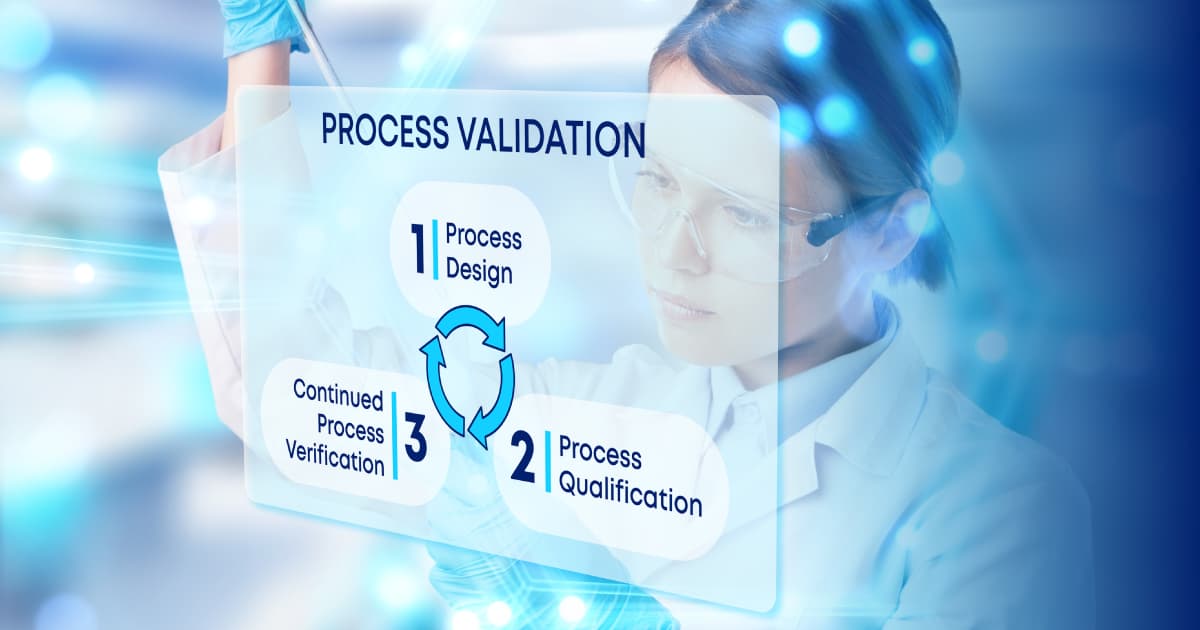During the operational phase of Clean In Place (CIP) cycles companies rely in manual methods to determine the success of routine cleaning process. Some of these manual methods to determine the success of the routine cleaning cycles rely on performing very inefficient activities that are very costly and don’t have adequate cycle times. Some of these inefficient methods include the following examples:
- Collecting rinse samples for TOC and Conductivity at the end of the routine cleaning cycle
- Reviewing chart recorders to determine whether temperature requirements were met
- Reviewing flow rate data found in paper based systems to determine whether the cycle flow requirements were met
Collecting rinse samples for TOC and Conductivity is a very inefficient approach that creates a significant amount of work for the Quality Control laboratory. Collecting and sending rinse samples to the QC laboratory creates the challenge that the data is not real time. The lack of not having real-time data creates delays in the manufacturing schedule due to the time required to complete and report the results before moving forward with the production schedule.
In order to eliminate the inefficiency found in the traditional approach companies should consider using technology to collect and report routine CIP data. The following approach is recommended to enable and maximize the use of technology to access real time routine CIP data:
- Online TOC & Conductivity probes
- Online Temperature probes
- Coriolis flow meters with multivariate transmitter capabilities
- Process Control System
- Historian System
The technology above provides the ability to enable real-time reporting at the completion of the CIP cycles. The reports should be based on collecting and reporting the performance of critical cleaning parameters during routine cycles in support of manufacturing. The following critical cleaning parameters should be collected and reported at the completion of routine cleaning cycles:
- Temperature
- Flow
- Pressure
- Time
In addition to the critical cleaning parameters it is recommended to also include the following CIP quality attributes:
- Temperature
- Flow
- Pressure
- Time
The routine CIP reports should be configured to collect and report whether the acceptance criteria for each critical cleaning process parameter and quality attributes are met at the completion of the cycle. This approach completely eliminates the inefficiencies found in manual paper-based processes.
ValGenesis validation lifecycle management systems provide a solution that eliminates all the inefficiencies that plagued paper-based cleaning validation processes. ValGenesis eliminates paper based cleaning validation protocols and enable the ability to perform electronic executions, provides a centralized repository of data and information during the cleaning lifecycle.


